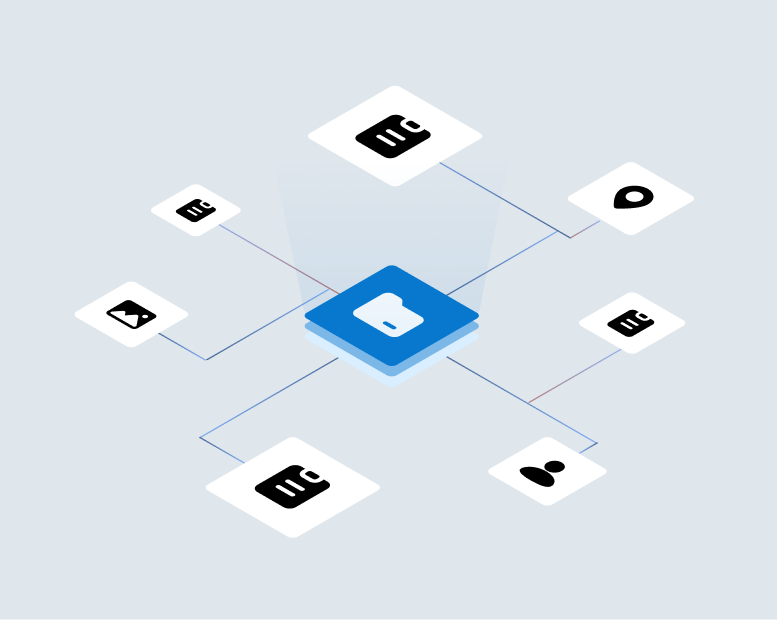The Property and Casualty insurance business is filled with examples of companies that grew too fast and as a result saw the quality of their book crater as they suffered adverse selection from over eagerness to write new business. But what happens to you if you’re not growing and suffer the same fate?
This tends to result in markets where the ability to measure and segment risks is changing rapidly. Early movers who figure out a better, more precise way to gauge risk engage in price arbitrage against their slower competitors, stealing the better, lower risk business with deep discounts derived from the savings from avoiding the now visible higher risks. The higher risks, facing higher prices inevitably gravitate to competitors who can’t yet discern the elevated risk. So far as we can tell, nothing significant like this has happened for quite some time. It’s been so long since there has been major change in risk assessment and segmentation that the industry has assumed it away, focusing their attention on distribution and cost management innovation. But insurance is the business of measuring, pricing and managing risk. And there are signs that fraud management will drive a comeback in risk measurement and segmentation for competitive advantage.
As everyone says but does little about: up front underwriting fraud as well as back end claims fraud are big issues, particularly in the Auto Insurance market. As a result a number of new tools and techniques have emerged that help carriers to screen out more and more dishonest application data and potential claims fraudsters every day. This means that carriers that aggressively focus on fraud and misrepresentation could rather quickly save 5 percent or more of premium. That scale of improvement if pursued systematically, will give them the profitability and flexibility to win the risk segmentation and price arbitrage game.
If it plays out the way I expect then over time more and more carriers will discover this opportunity and adopt new techniques and technologies. But fraud isn’t a single “disease” that can be treated with one “cure” but rather a chronic condition with dozens of different and changing ways to deceive. There is no magic bullet. Instead, fighting fraud is a process of continuous improvement – identifying new threats, making incremental improvements against old ones, measuring success and doing it again and again. This means that the amount of improvement carriers get is tied to how much effort and time they invest in the process. Laggards will find it hard to catch up on the management of what is a huge cost category. In the end the Fraud Identification and Mitigation end game will play out much like a game of corporate musical chairs – as more and more carriers discover and implement the new tools and technologies, the remaining laggards win less of the ‘good’ business and more of the ‘bad’ business every month. In the end they will be put in an untenable position with no ‘place’ left for them in the game.
We’re VeracityID and we’re an innovator in real time automated fraud detection, management and mitigation. Our solution: idFusion was developed in conjunction with a top 5 global insurer. idFusion is a platform that overlays on your existing systems and that can be implemented in a matter of months. This means it can quickly start delivering the results that will allow you to play the Fraud and Errors risk arbitrage game to win.


